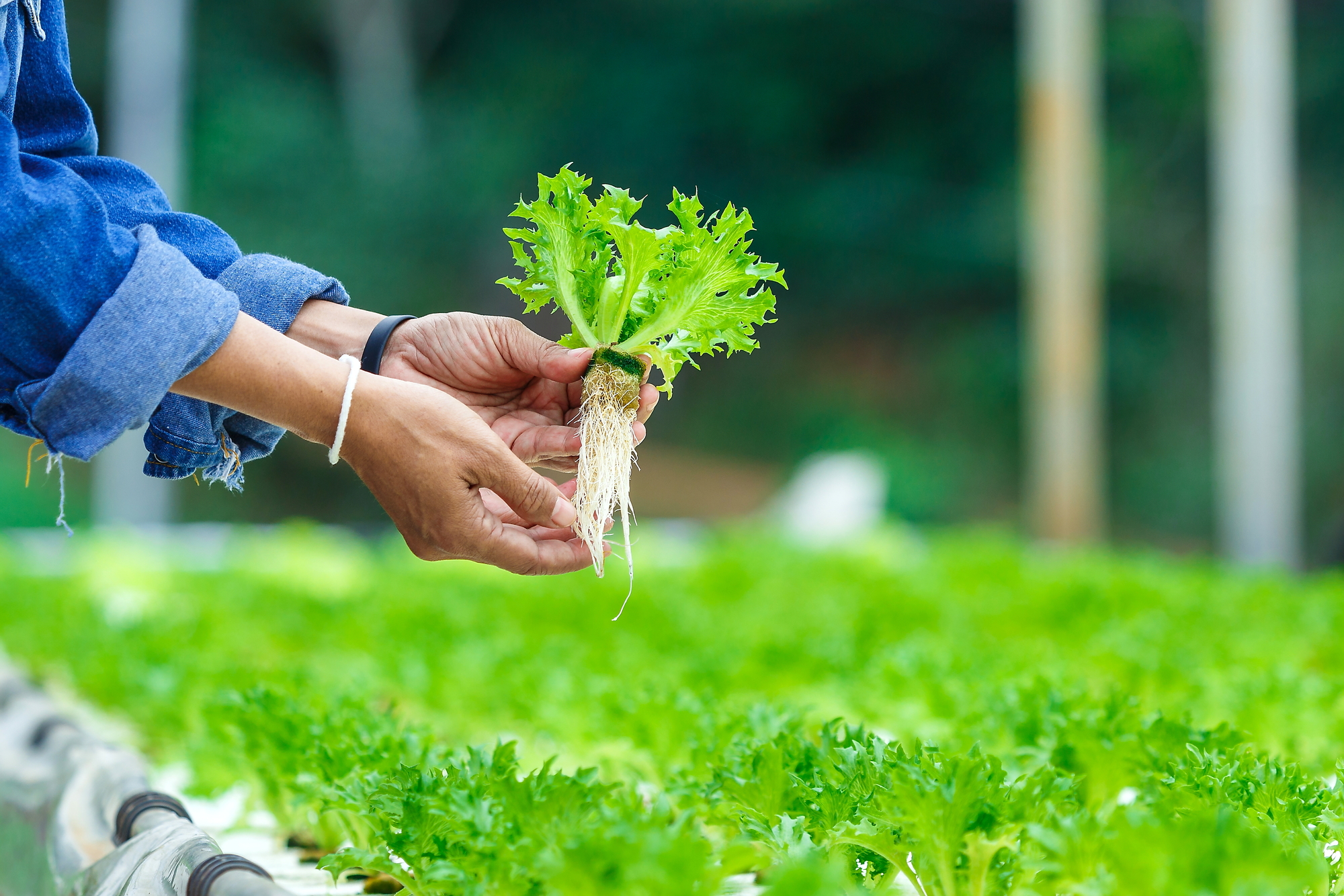Principles of Hydroponics
The ABCs of Hydroponics: Plant Nutrition, Mediums, and More
Welcome to the fascinating world of hydroponics, where plants are nurtured to their fullest potential, free from the constraints of conventional soil gardening. With roots suspended in nutrient-rich water solutions, hydroponic plants can grow faster, healthier, and yield more than their soil-grown counterparts. For anyone looking to embark on this horticultural journey, understanding the fundamental principles of hydroponics is essential.



Hydroponics
Plant Nutrient Requirements
Plants require a mix of macro and micronutrients to grow healthily. These are usually absorbed from the soil in traditional gardening. However, in hydroponics, these nutrients are delivered directly via the water solution.
-
Macronutrients: These are required in larger quantities and include Nitrogen (N), Phosphorus (P), and Potassium (K) – often referred to as the N-P-K ratio on fertilizers. Other macronutrients include Calcium (Ca), Magnesium (Mg), and Sulfur (S).
-
Micronutrients: These are equally important, though required in smaller amounts. Some critical micronutrients are Iron (Fe), Manganese (Mn), Copper (Cu), Zinc (Zn), Molybdenum (Mo), and Boron (B).
Providing a balanced nutrient mix is key. Too much or too little can cause nutrient deficiencies or toxicities, leading to poor plant growth or even death.
Hydroponic Mediums
While hydroponics might be perceived as growing plants purely in water, many systems use mediums to provide roots with stability and support. These mediums are soilless and ensure adequate moisture and oxygen levels. Some popular choices include:
-
Coco Coir: Made from the husk of coconut shells, this medium offers excellent water retention and root aeration properties.
-
Rockwool: It’s a fibrous material made from molten rock, shaped into cubes or slabs. It offers an excellent balance of water and air retention.
-
Perlite and Vermiculite: Both of these are mineral substances that are heated until they expand. Perlite provides excellent drainage, while vermiculite retains more water.
-
Clay Pellets: These are baked clay balls that provide a strong anchor for plant roots while ensuring good airflow and drainage.
pH and Nutrient Solutions
The pH level, which stands for potential hydrogen, determines how acidic or alkaline a substance is. For hydroponic plants, the pH level of the nutrient solution plays a pivotal role in nutrient uptake.
-
Ideal pH Range: Most hydroponic plants thrive in a pH range of 5.5 to 6.5. Some plants may have specific needs, so it’s always a good idea to research the ideal pH for each plant species.
-
Monitoring and Adjusting pH: Regularly check the pH of your nutrient solution. If it’s out of the desired range, pH up or down solutions can be used to balance it out.
-
Importance: When the pH is too high or low, plants might not absorb certain nutrients, leading to deficiencies. Maintaining the correct pH ensures optimal nutrient uptake and robust plant growth.
Conclusion
Hydroponics is a rewarding venture, allowing gardeners to cultivate plants in controlled environments for maximum growth and yield. By mastering the essentials of plant nutrition, choosing the right mediums, and maintaining the perfect pH, you set the foundation for a successful hydroponic garden. Whether you’re a newbie or a seasoned hydroponic enthusiast, always remember the basics, and happy growing!
Click here to read more of the frequently asked questions about the principles of hydroponics.
Stay In Contact
Drop us a note and let us know what is on your mind regarding hydroponics.
Address
2700 Brase;ton Hwy. Suite 10-244, Dacula, Ga. 30019
Phone
(706) 247-7060
